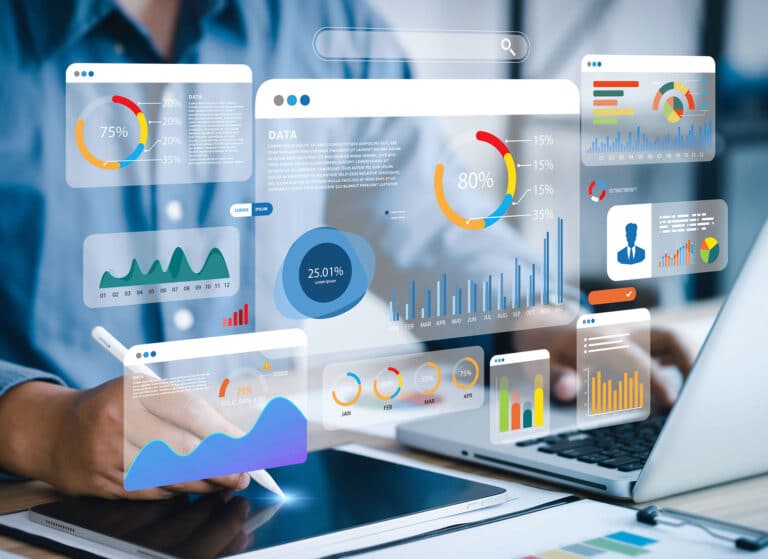Data analytics, often referred to as the cornerstone of the digital age, is a process that involves examining, cleaning, transforming, and interpreting data to extract meaningful insights and support informed decision-making. From business strategy to scientific research, data analytics has become an indispensable tool for uncovering patterns, trends, and correlations within vast datasets. Let’s delve into the basics of data analytics and how it shapes our understanding of the world around us.
- Data Collection and Storage: Data analytics begins with the collection and storage of relevant data. This data can be sourced from various channels, such as customer interactions, sensor readings, online behavior, and more. Proper data collection is vital, as the accuracy and quality of the input data directly influence the validity of the analytical results.
- Data Cleaning and Preprocessing: Raw data is often messy and incomplete. Data cleaning involves removing errors, inconsistencies, and duplicates to ensure accurate analysis. Preprocessing tasks might include filling in missing values, standardizing formats, and transforming data into a usable structure.
- Data Transformation: Data transformation involves converting raw data into a format suitable for analysis. This could involve aggregating data, creating new variables, and applying mathematical functions. The goal is to simplify complex data and make it more amenable to analysis.
- Exploratory Data Analysis (EDA): EDA is the initial phase of data analysis where analysts explore and visualize the data to gain insights into its underlying patterns and characteristics. Graphs, charts, and summary statistics are used to identify trends, outliers, and relationships within the data.
- Statistical Analysis: Statistical techniques play a crucial role in data analytics. Analysts use various statistical methods to quantify relationships between variables, test hypotheses, and make predictions based on the data patterns observed.
- Data Modeling: Data modeling involves creating mathematical or statistical models to represent the relationships and patterns identified in the data. These models help in predicting outcomes or making informed decisions.
- Machine Learning and Predictive Analytics: Machine learning algorithms are used to build predictive models that learn from historical data to make accurate predictions on new, unseen data. These models can range from simple linear regressions to complex neural networks.
Data analytics is a multifaceted discipline that empowers organizations to transform raw data into actionable insights. By systematically exploring, analyzing, and interpreting data, businesses, researchers, and professionals across various fields can make informed decisions that drive innovation and growth. Whether you’re analyzing customer behavior or advancing scientific knowledge, understanding the basics of data analytics is essential for unlocking the power of data-driven insights.




